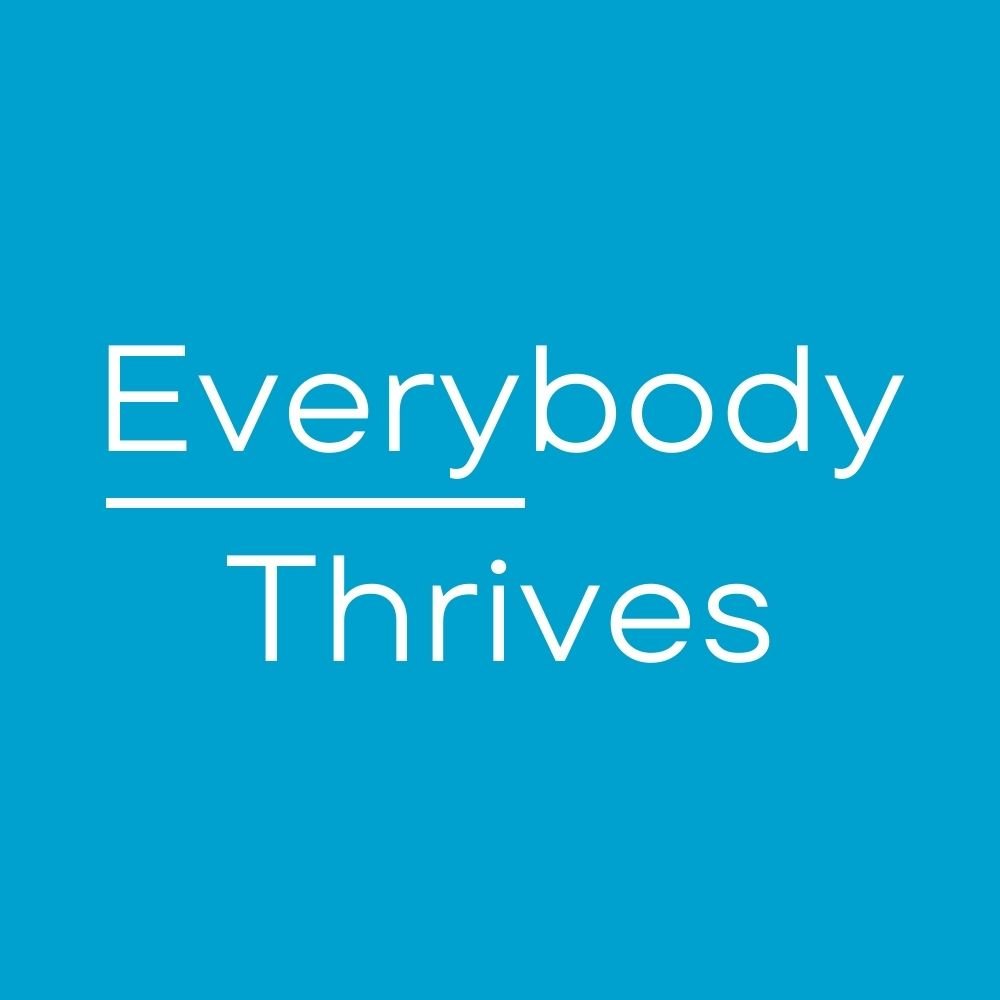Public Speaking Gems
You know when you go into a situation expecting to get one thing, but instead you get something totally unexpected and much better?
Several years ago I attended a training on Public Speaking. The instructor, I'll call him Tom, was amazing and he subsequently went to work for the NBA to coach executives. By the end of the training, I had learned so much, but practically speaking my public speaking had not significantly improved in 1 day.
However, Tom imparted one truly valuable gift to me - he opened my eyes to the realization that there are many hidden principles that create a great presentation. To the uninitiated (like myself), you can feel these principles working, but you don't know what they are or why. For example, we did an exercise where we practiced eye contact and how to engage different-sized audiences by paying attention to eye contact. Have you ever been in an audience and had a strong feeling, for just a few moments, that the speaker was talking directly to you? How did that make you feel? And how did it affect your experience of the presentation?
Ever since that presentation, I took a new approach to observing public speakers. If you are looking at something through a new lens, it's amazing what you can perceive. So many of the things that matter are not the obvious ones. For example, having beautiful slides and transitions does NOT make you a great speaker. Let me repeat that more succinctly. Slides don't matter. YOU matter.
It was in this spirit that I was excited to speak to David McGimpsey, a friend who makes a living training people to improve their public speaking game. Below are a few of the gems I picked up from David during our conversation and in reflection afterwards.
Preparation
People seriously underestimate the need to prepare for a presentation.
- Even if you know the content cold, you still need to prepare for the audience type, the room setup, the length of time, etc.
- The ease with which the presentation is seemingly delivered is inversely proportional to the amount of preparation.
- The key to a great delivery is knowing very deeply what you are talking about.
Open loops
One way to draw people into your presentation and create engagement is to use an open loop.
- An open loop is a question or thought that is not completed. In addition to speakers, others such as authors, comedians, and sales copy writers use this to great effect.
- Some common examples: "I have a confession to make," or "The little known secret that will deliver X."
- Can you name the movie these first lines come from? Bonus points if you can without using a search engine.
"Somebody's pulling me close to the ground... I can sense, but I can't see. I ain't panicked. I've been here before. Same as I got popped on 104th street. Don't take me to no hospital, please."
Evolution not a Revolution
In regards to very funny or memorable speakers, this brilliance is often built bit by bit.
- Sometimes in a previous presentation and perhaps quite by accident, something you do or say will get a positive reaction.
- Great speakers are sensitive to this feedback, remember this and build on it for the next time.
- It reminds me of a high-level athlete. We picture them on a field or court in all their winning glory and don't dwell on the hours toiling in relative obscurity.
Thanks David for your insights, your reminders, and your inspiration to help me and others improve our presentation skills.
If you'd like to hear the entire conversation with David, you can find the podcast on iTunes here or in the "Podcast" area of my blog EZPZ.
Next post next Saturday, 6:30 a.m.



